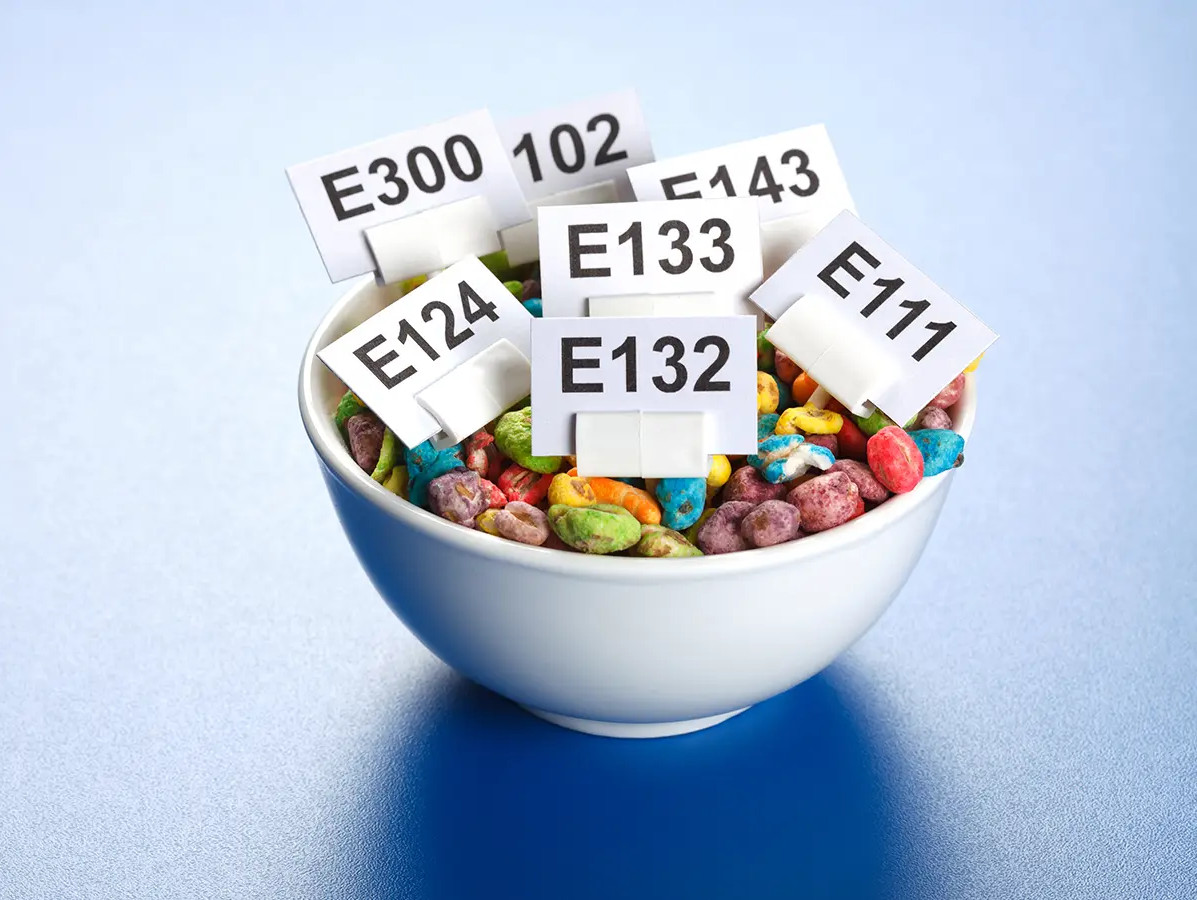
Synthetic food dyes are once again under fire. In the US, the debate flared up after Minister Robert F. Kennedy Jr. announced that certain dyes would be phased out of food products. But no ban has been imposed. The FDA is merely asking the industry to take voluntary steps—without legislation or enforcement. Still, rumours quickly spread that Red 40 and Yellow 5 had been banned. According to nutrition scientist Jessica Knurick, it was “a press conference designed for headlines” (Knurick, 2025).
The debate is also sensitive in Europe. Following the 2007 Southampton study, the EU introduced a warning label for products containing certain dyes: “may have an adverse effect on activity and attention in children” (McCann et al., 2007). However, the European Food Safety Authority (EFSA) found the study’s evidence insufficient to revise the established Acceptable Daily Intakes (BMJ, 2008). The labelling requirement was a response to public concern, not a recommendation from EFSA.
Preferring natural ingredients is understandable, but not always scientifically grounded. Carmine (a natural dye derived from insects) can trigger severe allergic reactions. Synthetic dyes, by contrast, tend to be more stable and allow for more precise dosing, says Knurick. In both the EU and the US, food dyes are rigorously tested and approved within wide safety margins. According to Lehto et al. (2017), the regulatory approaches may differ—hazard-based in the EU, risk-based in the US—but the scientific foundation remains the same (Lehto et al., 2017).
For Dutch food companies, this isn’t just an American issue. Consumer perceptions around E-numbers influence product development, marketing and communication. And those who stick to the facts have a stronger position.
Sources
(1) Knurick J. The truth about synthetic food dyes, Substack, 28 april 2025.
(2) McCann D. et al. Food additives and hyperactive behaviour in children, The Lancet, 2007;370(9598):1560–7.
(3) BMJ. European agency rejects links between hyperactivity and food additives, 2008;336(7646):687.
(4) Lehto S. et al. Comparison of food colour regulations in the EU and the US, Food Addit Contam Part A, 2017;34(3):335–355.
Source: Vakblad Voedingsindustrie 2025